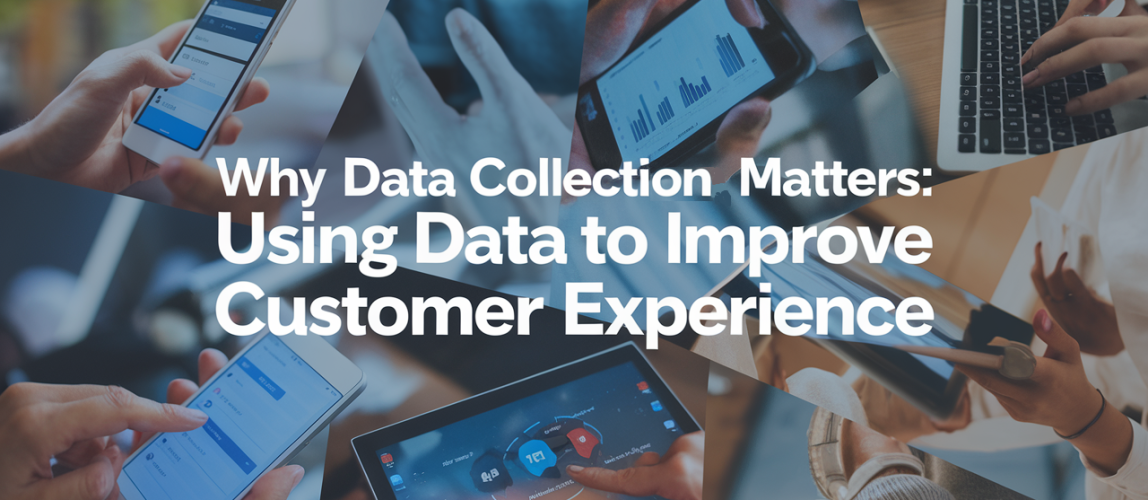
Call Us Today!

Call Us Today!

Understanding what your customers need is central to improving their experience. By analyzing purchases, feedback, and behaviors, businesses can gather valuable insights to refine their strategies. These insights improve services and build stronger connections with customers. Every interaction presents an opportunity to learn and grow.
At Big Easy Data AI, we help businesses use data to transform their platforms and create outstanding customer experiences. Contact us today to see how we can support your data-driven growth and success.
Data collection plays a pivotal role in enhancing customer interactions. It provides the insights needed to shape strategies and make informed decisions. Businesses that use data can better predict customer needs, solve problems early, and offer personalized experiences. In a competitive market, these steps are essential for staying ahead and building loyalty.
Every interaction offers insights into what matters to customers. Streaming platforms, for example, track viewing habits like time and device usage to recommend tailored content. This approach makes customers feel understood and valued. Businesses that prioritize understanding their audience build trust and foster long-term loyalty.
Analyzing customer behaviors helps uncover trends and preferences. Personalized experiences, such as exclusive offers or targeted recommendations, stem from thoughtful data use. When companies focus on what works and address areas needing improvement, they create experiences that go beyond satisfaction and leave a lasting impression.

By analyzing the steps customers take from discovering a product to making a purchase, businesses can identify and remove roadblocks. A smooth experience encourages repeat interactions and recommendations. Data helps businesses refine these processes, making every step easier for the customer.
Using data effectively helps businesses thrive. Many companies use advanced analytics to refine strategies, grow revenue, and stand out from competitors. By identifying high-value customers and meeting their needs, businesses can achieve steady growth and long-term success.
Understanding different types of data is like unlocking new opportunities. Each type offers unique insights that can improve customer interactions.
Analytics transforms raw data into actionable insights. Businesses can use these insights to anticipate customer needs and create interactions that feel personal and relevant.

Companies like Target have successfully used data to create customized experiences for specific customer groups, leading to stronger relationships.
Anticipating customer behavior gives businesses a competitive edge. Predictive analytics, for instance, helps companies forecast trends and make proactive decisions. Businesses that effectively use these tools often see increased revenue and improved customer satisfaction.
Retaining customers is as important as attracting new ones. Data helps identify patterns that lead to customer loss, allowing businesses to address issues early. For example, Marriott regularly uses guest feedback to adjust its services, resulting in higher satisfaction rates and stronger customer loyalty.
Data collection is about more than just gathering information—it’s about understanding the people behind the numbers. Starting with simple tools like surveys or tracking browsing habits can provide valuable insights. These insights help businesses identify trends, solve problems early, and create better experiences for customers.
At Big Easy Data AI, we help businesses make the most of their data. Let us work with you to gather actionable insights and improve how you connect with your customers. Together, we’ll create strategies that make every interaction meaningful and impactful.
Call us today and let us help you turn your data into opportunities for success!